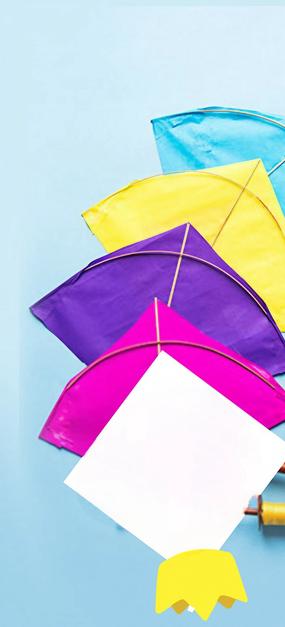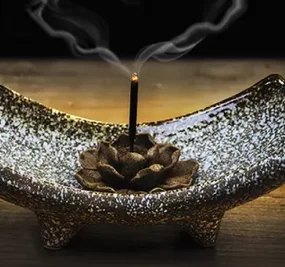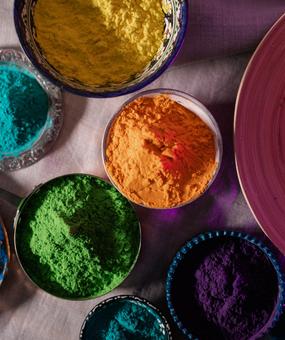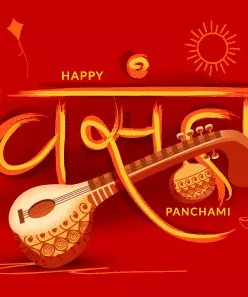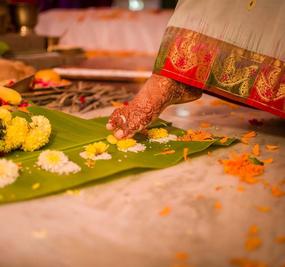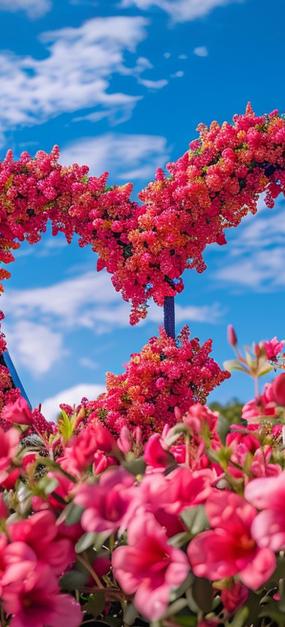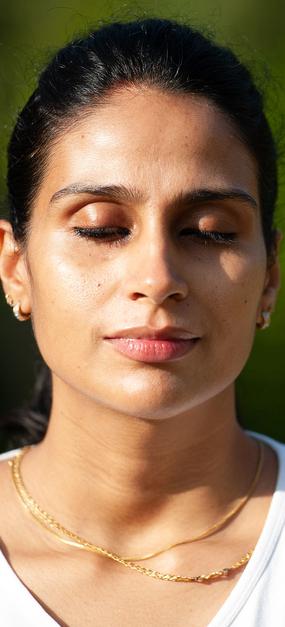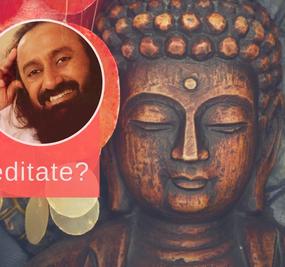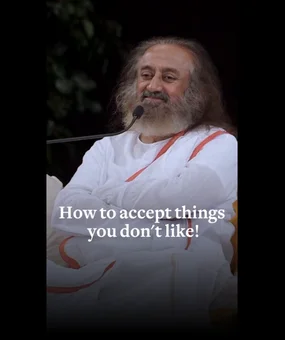Lohri is the first of India’s rich and diverse melange of festivals to be celebrated with great pomp and energy across different regions of the country in the new calendar year. In North India, and predominantly Punjab, this harvesting festival begins the year’s festivities with a tribute to the farmers for their hard toil and labor that enables us to live prosperous lives.
This is the harvest season for Punjabi farmers when they begin to reap the bounty of their harvest of the Rabi crops – mainly wheat. This period marks the end of the winter solstice, after which we can expect warmer and longer days.
When is Lohri?
Lohri falls on January 13 every year, according to the Gregorian calendar. According to the regional calendar, Lohri falls on the last day of the month of Paush, the coldest month of the year. In ancient times, Lohri was observed before the winter solstice, the longest night of the year. Today, it is celebrated at the beginning of Uttarayana – the time when the sun moves from the South to the North.
The day after the Lohri festival marks the beginning of the Magh month and this day is called Maghi in Punjab, when Pongal is celebrated in Tamil Nadu and Makar Sankranti in most other parts of the country such as Karnataka, Kerala, Andhra Pradesh, Telangana, Maharashtra, Bihar, and Jharkhand.
Who celebrates Lohri?
Lohri is predominantly celebrated in Punjab and some parts of Haryana, Himachal Pradesh and Jammu. However, in the true Indian style of integration, it is celebrated by many Hindus and Sikhs all over the country. So, you will see bonfires, singing, and dancing in many parts of the country today!
Why do we celebrate Lohri?
The harvesting period is a season of cheer and celebration, especially in the farming community. Farmers get together to thank Surya (the Sun God), for the blessing of heat and warmth that enabled the wonderful harvest – reward for their long months of hard work.
We are all indebted to the farmers for their painstaking efforts all year round without which we would not be able to eat or live. It is as much a mark of respect and recognition to the farmers as a celebration of a bountiful and prosperous year of harvest, that the festival of Lohri is celebrated.
What to expect during Lohri
It is the first celebration of the year when
- you will see excited children and adults practice diligently for dance performances
- you will hear the majestic sound of the beat of the dhol or drums to popular Punjabi folk numbers
- you would, of course, have witnessed the glorious and heart-warming sight of the bonfire
How Lohri is celebrated
- People take a dip in the holy waters of rivers to cleanse themselves of their sins.
- They also donate to charity as a mark of sharing the bounties they have been blessed with.
- Children traditionally visit every house in the neighborhood singing songs and collecting contributions for the bonfire.
- Sarson ka saag (mustard greens) and makki ki roti (millet bread rolled flat and roasted on a pan), and sugarcane kheer (pudding) are the special Lohri food items prepared on this day.
- Phully (popcorn), gunna (sugar cane), moongphali (peanuts) and gajak (a sweet dish made of sesame seeds or peanuts and jaggery) are traditional snacks.
Lohri celebrations during the pandemic
Lohri, in 2021, will probably don a different look from the previous years. Big gatherings may not be possible. Therefore, ensure that you wear a mask and maintain social distancing while you enjoy the bonfire with your family and friends. Wear traditional dresses, prepare Lohri delicacies, make your offerings to the bonfire as you dance around it to popular folk music, and enjoy the warmth and togetherness – albeit in a smaller circle.
You can also still enjoy kite-flying when the weather clears up. If there is one sport that can still thrive despite social distancing norms, it is kite-flying!
The Lohri bonfire
‘Out with the old, in with the new’
www.artofliving.org/in-en/culture/festival/lohri-2020-all-you-want-to-kn…
- The most exciting part of Lohri celebrations is the gathering of family, friends, and neighbors around the bonfire that is lit after the sun sets. On the chilly night of the Lohri festival, the bonfire adds warmth to all those who congregate around it.
- Days before Lohri begins, people collect twigs, dry leaves and old clothes for the bonfire.
- In some villages of Punjab, people make small idols of the Lohri goddess with gobar or cow dung. This is lit with wood and has become the grand bonfire that we know and love today.
- People wear new clothes, and dance to Punjabi folk dances such as Gidda and Bhangra; Lohri songs are sung by children and adults alike.
- Sugarcane, sweets, moongphali (peanuts) and chirwa (beaten rice) are thrown in the bonfire as offerings to the God of Fire, Agni. They are also distributed as Lohri prasad (special gift or offering).
- The Lohri bonfire signifies the discarding of old ideas, notions, and thoughts and the welcoming of new and good thoughts, prayers, and wishes to all those near and dear to you. Agni (fire) is an important witness in Hindu marriages and is the sustaining force of life and hence, people worship and respect it during this festival.
Our ancient sages mastered the secrets of the breath and the mind. In many ways, this is our heritage. Unlock these secrets in these modern times, and keep the legacy alive at The Art of Living Meditation and Breath Program.
The legend behind the origin of Lohri
As is true with every festival, there are a few legends behind how Lohri originated:
- It is believed to be an occasion to celebrate Agni, the God of Fire, and to worship Surya, the Sun God.
- There is the story of Dulla Bhatti, a Muslim bandit who lived during the era of Mughal Emperor Akbar (some say Jahangir). He rescued Hindu maidens from being sold as slaves to the Middle East. He would get them married to Hindu boys in the presence of fire and sing songs in celebration. Thus, began the tradition of the Lohri bonfire. Two maidens named Sundri and Mundri, who were so rescued are included as part of Lohri folklore, Sunder Mundriye. Songs hailing this hero and his brave feats are still sung today.
- Another folklore is that Holika and Lohri were sisters. Holika perished in the Holi fire while Lohri lived on.
- It is also believed that since ‘loh’ means light and warmth of the fire, Lohri was derived from that.
- Since til (sesame seeds) and rorhi (gud or jaggery) are traditionally eaten at this time, a combination of the two – tilrorhi came to be known as Lohri over time.
Special Lohri traditions
I. For a new bride
- The in-laws invite the newly-wed bride to their home during the first Lohri after marriage and host a grand feast.
- The newlywed girl dresses like a bride with traditional garments, and adorns herself with flowers, and jewelry – bindi, necklaces, earrings, bangles, toe rings, armlets, waistbands, and anklets. She applies mehndi, and fragrances such as sandalwood paste and perfume.
- As the new bride and groom sit at the center of celebrations, friends and family go up to them to wish them and give them gifts.
- Traditionally, the in-laws also gift clothes and jewelry to the bride.
II. First Lohri with a newborn
- The birth of a child is an auspicious occasion that brings joy and hope in the family and so the family celebrates by organizing an elaborate feast for near and dear ones.
- The maternal and paternal grandparents shower their blessings and gifts on the child.
- Relations and acquaintances gather to bless and give gifts to the couple and newborn.
So, you see Lohri is a wonderful way to start the new year – with friendly gatherings, celebrations, and gaiety. In times of virtual meetings and video conferences, this is a welcome tradition and great opportunity to bring you closer to your family, friends and the members of your community – in body, mind and spirit! Just take a little extra care this year, as you light the fires externally (bonfire) and internally (feast)!
The best thing is that you can continue these celebrations as Pongal and Makar Sankranti closely follow this festival – the very next day in fact!
Based on inputs from articles written by D K Hari and D K Hema Hari, founders, Bharath Gyan.



